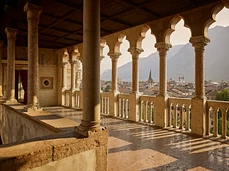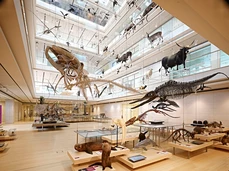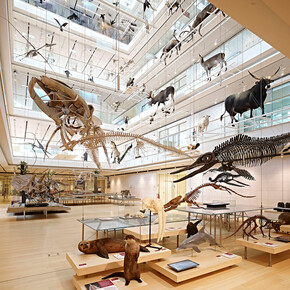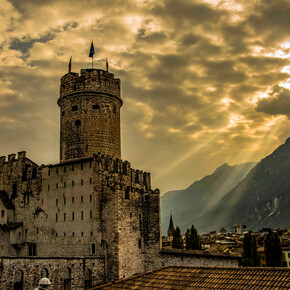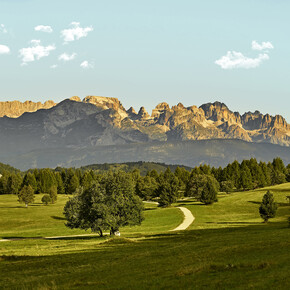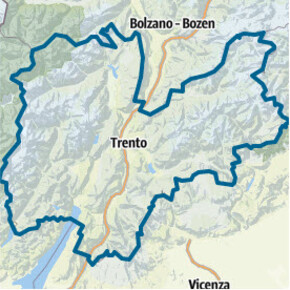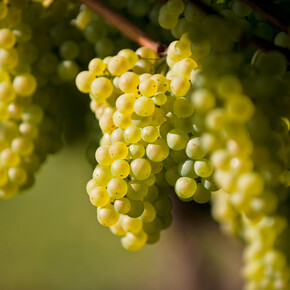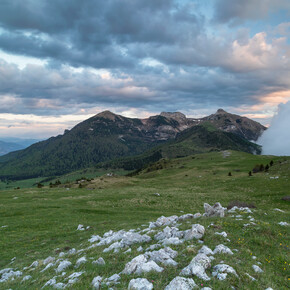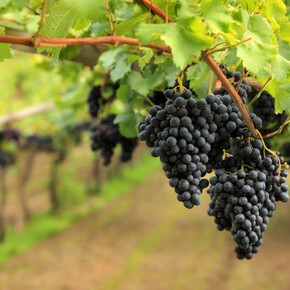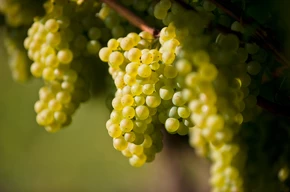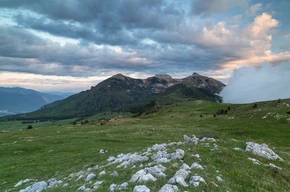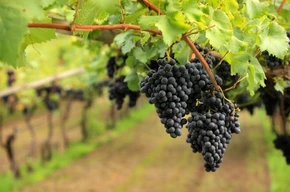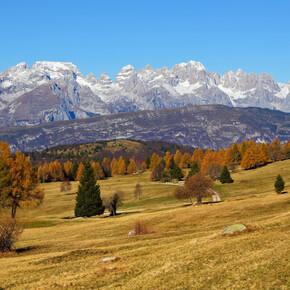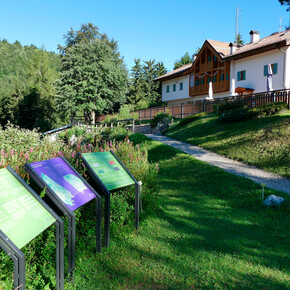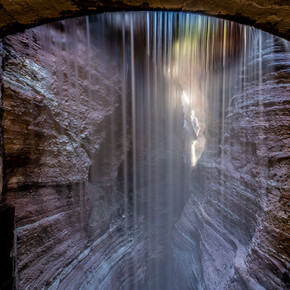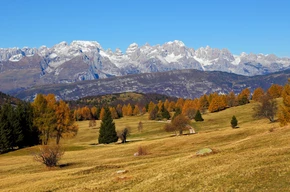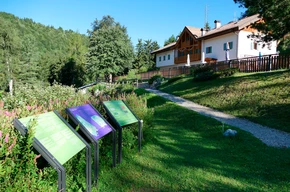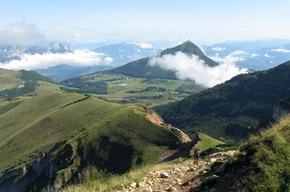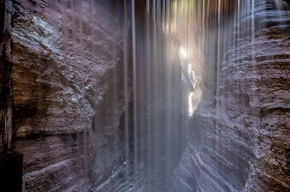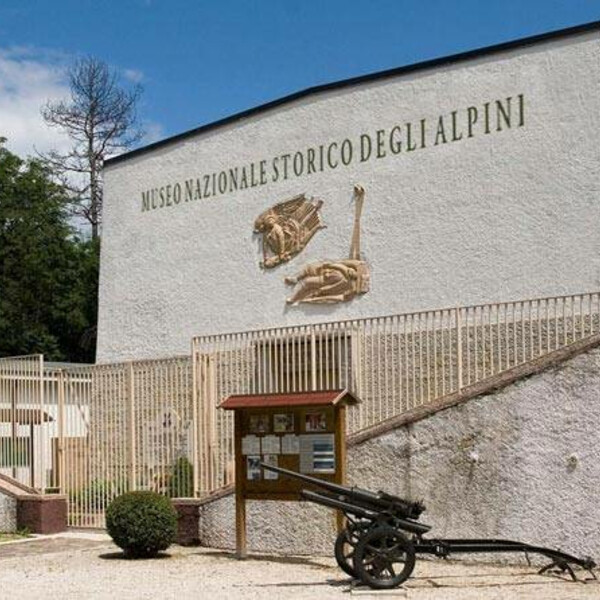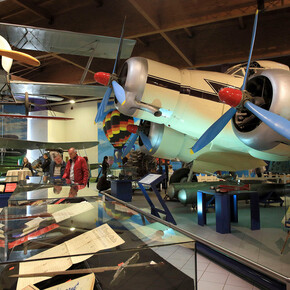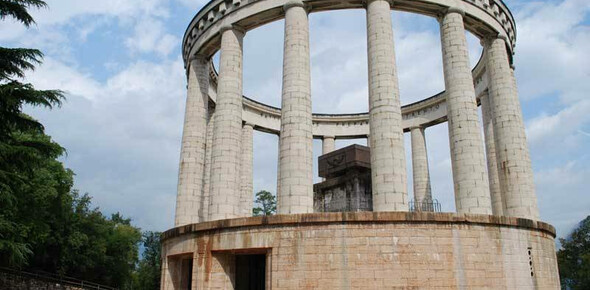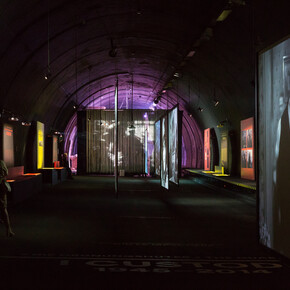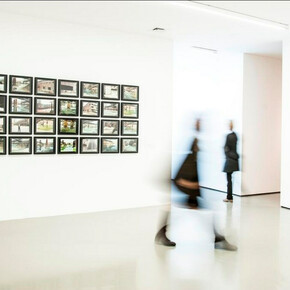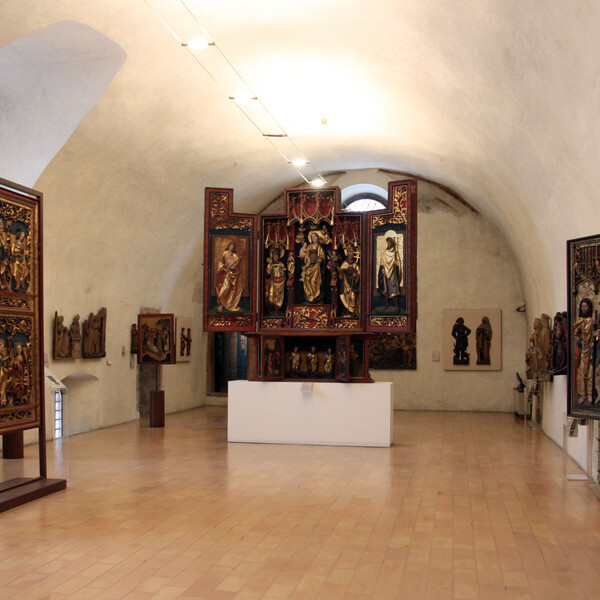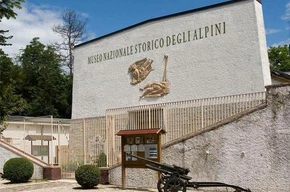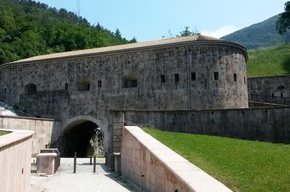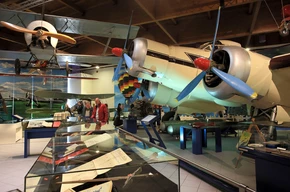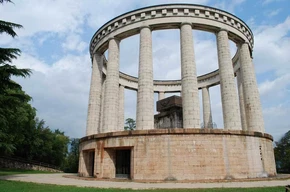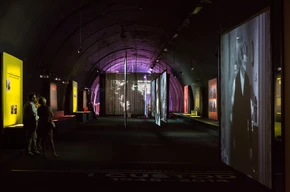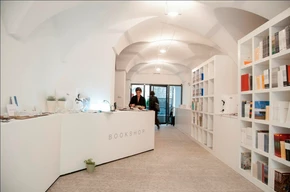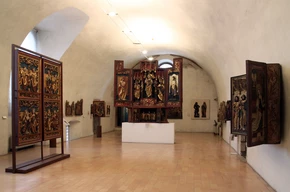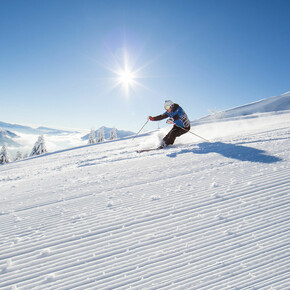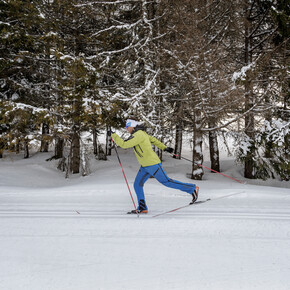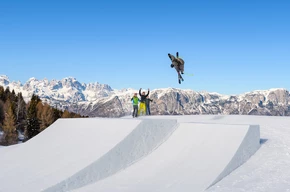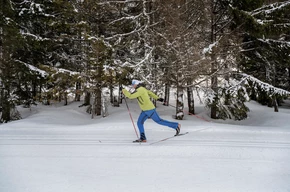Trento
History, culture, and nature: the three pillars of Trento
One of the top Italian cities in terms of quality of life and the environment, Trento hosts events all year round and is the perfect starting point to discover the rest of Trentino.
History, culture and nature: these are the three pillars that form the foundation of Trento: a city with about 117,000 inhabitants and the capital city of Trentino-Alto Adige.
The history is that of the prince bishops, for centuries unrivalled signori of this flourishing city, a meeting point between the Mediterranean and continental worlds, which in the Sixteenth century hosted the famous ecumenical Council. Culture is alive thanks to the prestigious University, to the MUSE - the world famous museum of natural science, to the Castello del Buonconsiglio, to the precious Museo Diocesano, and to many other museums and historical sites worth visiting. As far as nature is concerned, just take a look around: massive mountains embrace your gaze, trees and parks make the city centre breathe, and the Sardagna waterfall makes the view of the city unique.
What is there to see in Trento?
If you are coming to Trento for the first time, the first thing we suggest you do is to reach Piazza Duomo (it takes ten minutes from the station on foot). Here, you can stop under the Fountain of Neptune for a photo of the impressive Duomo [Cathedral] of Trento, with the mountains in the background. On its left hand side, with castellated walls and the high Torre Civica, lies Palazzo Pretorio, home of the Diocesan Museum of Trento. Good. Now you can walk around the fountain to admire the beautiful Renaissance frescoes on the Cazuffi Rella homes, focused on the themes of Justice and Luck.
After sipping a coffee at one of the bars overlooking the piazza, you can decide whether to visit the Duomo or to walk along Via Belenzani, to admire the frescoes of Palazzo Alberti Colico, Palazzo Thun, and Palazzo Geremia.
Another stop in Trento must necessarily be at Castello del Buonconsiglio, an elegant and robustly fortified castle, a ten-minute walk from the piazza. For centuries, the castle was home to the prince bishops of Trento, and today it hosts numerous art and archaeology collections, as well as contemporary exhibitions. Don’t forget to visit Torre dell’Aquila: the walls of the tower depict the Cycle of Months, a precious testimony of Gothic art.
A voyage between art and history, as well as science and architecture. In fact, the next stop will lead you to the innovative Le Albere district, about twelve minutes on foot from the historical centre. Here, in a green meadow embraced by the mountains, lies the Muse, the famous museum of natural science, designed by starchitect Renzo Piano. From the outside, you can admire an impressive work of architecture, with a profile that echoes the surrounding mountains. Inside, you will be surprised by the vertical height of the halls embracing the “Big Void” that connects all the floors of the museum. In this space, stuffed animals float on suspended platforms: from the majestic skeleton of a whale, to animals of the woods and birds that live high in the mountains.
Just outside of the historical centre, we suggest you visit the Gallerie di Piedicastello and the Gianni Caproni Aviation Museum.
What is there to do in Trento?
In Trento, each season has its festival. If you love nature and high altitudes, in Spring you cannot miss the shows of the Trento Mountain Film Festival. In Summer, on the other hand, we suggest the Festival dell’Economia [Festival of Economics], which attracts visitors and academics from all over the world between the end of May and the beginning of June, while at the end of the month the city is brought to life by the Feste Vigiliane festival in honour of Vigilio, the patron saint of Trento.
Autumn is dedicated to sports, thanks to the meetings of Festival dello Sport, an event organised by Trentino Marketing and the Gazzetta dello Sport newspaper, which brings past and present sport champions to Trento. Finally, in Winter, according to tradition, the city centre is warmed by the magical atmosphere of the Christmas markets.
Each season has its own festival, but there are certain rituals that are performed all year round: one of these is the aperitif with Trentodoc, the precious spumante of Trentino. Don’t miss it! If you then want to try a truly unforgettable aperitif, we suggest you take the cable car (just a short distance from the centre) and climb up to the Sardagna belvedere, to look over the city from above, and sip your aperitif at sundown.
If you are staying in Trento for a while, you could go for a walk on Monte Bondone (the Alp of Trento), a nature reserve about 30 minutes by car to the south of the city, which in winter becomes a ski area that is ideal for Alpine skiing, Nordic skiing, and snowboarding, highly appreciated by families.
How can you reach Trento?
You can reach Trento by car, on the Brennero A22 motorway, or by train, and you can then move around the city centre on foot or using public transport. Keep in mind that the station is less than ten minutes on foot from Piazza Duomo, and that the main points of interest are all within easy walking distance from the centre.


